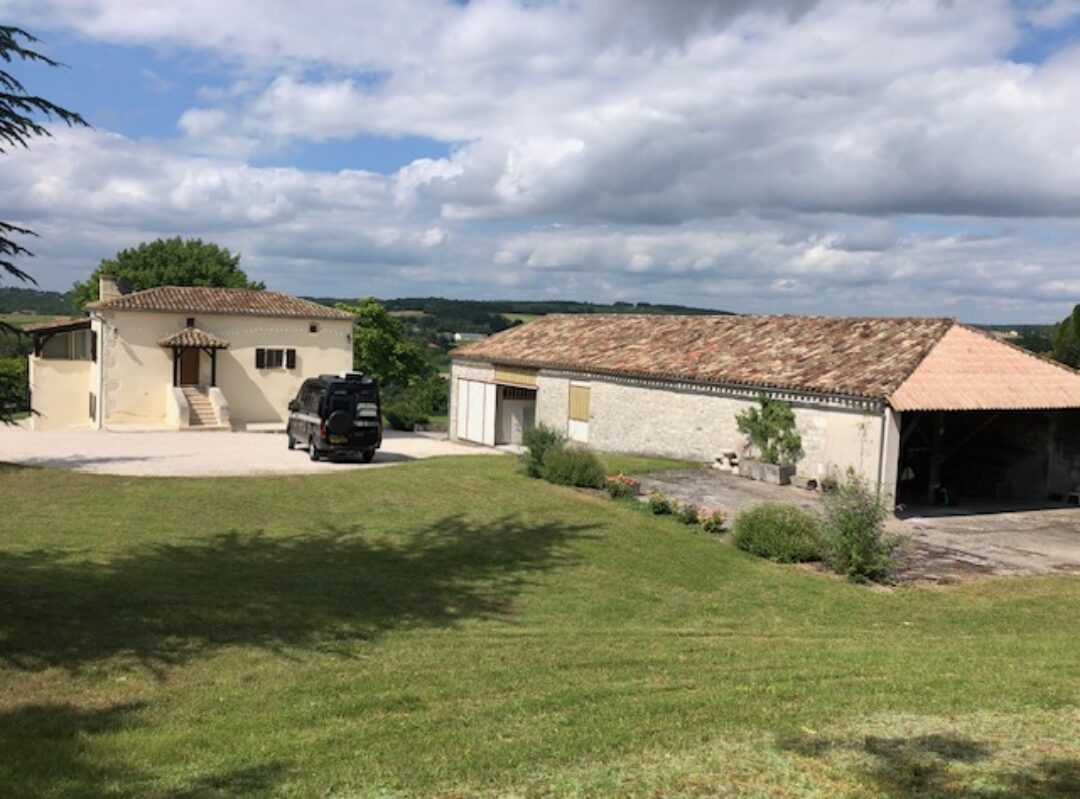We don’t have any fixed itinerary for this trip, although we have a couple of campsites booked in places we want to visit or revisit, but we decided we’d like to spend a few days in Normandy before heading to more central parts of France. It’s a region that Joe has visited quite a few times and Claire has passed through and visited once or twice. Joe knows the camp site we are staying at and it was a bit disconcerting when he recounted that both of his previous visits to Bayeux involved illness and/or hospitalisation, so we’re hoping 3rd time lucky!
The campsite is a municipal, rather than privately owned site, and is very well maintained and ideally situated for exploring Bayeux. The walk into town takes you along the River Aure and on our way back from a quick scout round on the first evening we were surprised to see what we thought was an otter in the river. It was a little distance away and dived under water when it saw us so it was hard to be sure, although otters have apparently been seen in rivers in nearby Caen. On a run along the river early the next morning Claire saw two more of the ‘creatures’ at closer quarters and discovered that what we’d seen was in fact a coypu (ragondin in French), a pest that we had been told about on a boat trip in the Lot last year. (Killed for their fur and meat made into pâté.)
The old town of Bayeux was largely unscathed in the war and features half-timbered buildings, old mills and stone bridges on the river that runs through the centre of town and the imposing Notre-Dame cathedral. Part of the cathedral is undergoing restoration and the glass on one facade is in the process of being replaced with new crystal prism windows, quite a contrast to the other stained glass windows.


Market day is a social affair and the market occupies a large square on the east of the town. It was interesting to see the local specialities of Normandy and the Calvados region in particular. On the drink front the main specialities are cider, Calvados liqueur and Pommeau, a mixture of cider and calvados served chilled as an aperitif. In the interests of research we have tasted, and enjoyed, both the cider and Pommeau so far but haven’t hit the hard stuff – yet!
As for food, the Normandy specialities include of course dairy products – Normandy Camembert and other cheeses in particular – and seafood. Oysters are grown along the coast, mussels are on every menu and one market stall included huge tanks of lobsters and crabs from Dinard in Brittany. Another dish, seen on several stalls, intrigued us and one stall holder explained it was ‘Teurgoule’ a baked rice pudding flavoured with cinnamon and nutmeg and displayed in huge earthenware bowls. The name apparently means ‘twitch mouth’ due to people grimacing when they tasted the spiciness of the pudding.

Of course Bayeux is probably best known for the Bayeux Tapestry – not strictly speaking a tapestry as we know it, rather an embroidery depicting the Norman conquest of Britain and culminating in the Battle of Hastings. Claire had seen the tapestry as a teenager during a french exchange visit with a family who had a holiday home in Brittany. Recollections, hazy and possibly mistaken due to the passage of time, are of a very long day trip and a tapestry hung on the walls around a huge panelled room. The tapestry is now displayed and lit behind glass in a darkened corridor and visitors are given an excellent audio guide that keeps everyone moving at a similar pace as it takes you from scene to scene of the tapestry. Joe had seen the tapestry previously as well and we both agreed we got much more out of this visit. President Macron has announced that the tapestry will be coming to the UK in 2022, the first time it will have been outside of France in 950 years.
One of the other 3 main museums in Bayeux is the Battle of Normandy museum which details the day by day progress and strategy of the battle starting from the D-Day landings. A very interesting and useful visit prior to the days we had planned visiting some of the landing beaches and key locations. Opposite the museum, just on the edge of town, is the peaceful and beautifully kept Bayeux War Cemetery run by the Commonwealth War Graves commission. It is the largest Commonwealth cemetery of the Second World War in France and contains 4,144 Commonwealth burials and over 500 war graves of other nationalities, the majority German.








So very interesting Claire and it looks as though you’re going to be lucky with the weather.
How long will this trip last? We shall eagerly await your next missive.
Love from us both.
Mary and Ray xx
Our visa allows us to stay in France for a year so no fixed plans yet. I see Macron is advising against travel to Spain and Portugal so we may be confined to France – not that that would be a hardship! Love to you both xx